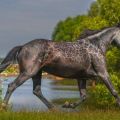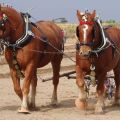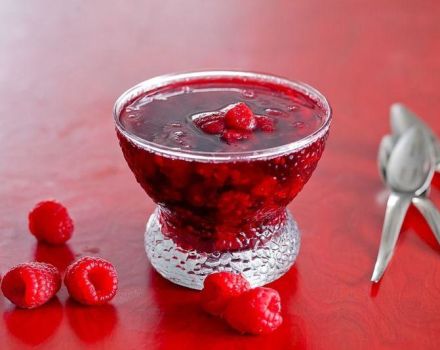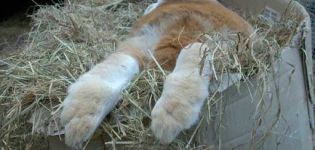Description and features of horses of kauro suit, possible shades and rules of care
Cowrai color in horses is a type of coat color for domestic horses. It is characterized by a reddish, brownish-reddish, golden-brown gamut with a number of specific features. Horses of this color are found in numerous modern native breeds and are distinguished by the maximum proximity to the original "wild" colors. A brown horse can also be called a reddish-savras.
Description and features of the kauro suit
Brown horses are distinguished by the presence of the wild Dun gene, which brings their color closer to the color of the breeds that are the progenitors of modern varieties. The color is best correlated with the color of the Przewalski horse's coat. This opinion is confirmed by the fact that brown horses are most of all in the native types of horses, which were formed as a result of crossing domestic animals with wild ones.
The following features are characteristic:
- Specific color of the body in light reddish-brown, brown-gold scales.
- Irregularity of color, that is, the presence of a darker mane and tail, on the lower part of the legs above the hooves - in the area of the hock and wrist joints - a reddish-reddish "belt", a strip along the ridge.
- Possibility of presence of weakly expressed stripes - "zebra-like".
Sometimes brown horses are called reddish-savras. This is a justified comparison, since the savras are closest in shades to the wild progenitor - the Przewalski horse. Savrasies differ from the brown ones by a more pronounced contrast in the color of the body and mane with the tail, as well as by the presence of a greater number of marks on the coat, uneven color, bordering on understity.
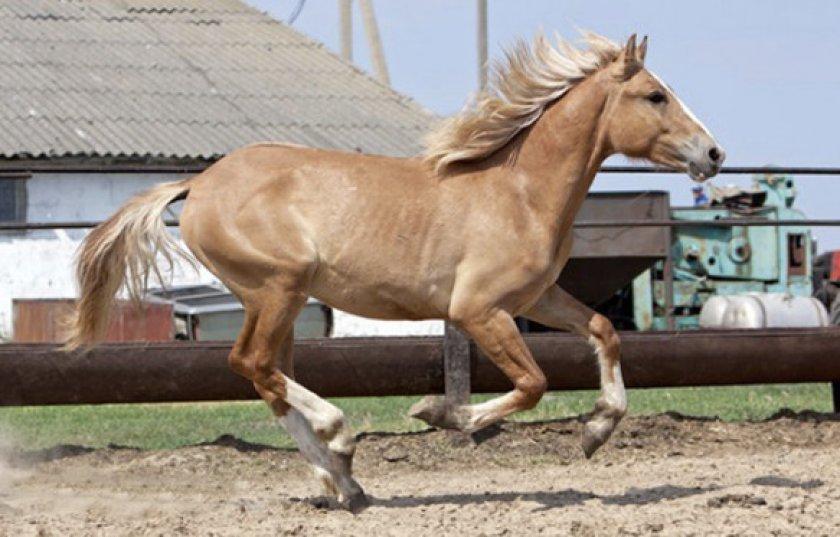
Possible shades
Brown horses can be light or dark. Although they are considered the ancestors of the red color, there is no pure red color in their colors. Most often it has the following shades:
- Light brown - the body is light with a head slightly more saturated in color (but within the same range). The tail and mane combine light and darker, reddish hair. "Belt", "zebroid" and other marks with a noticeable reddish tint.
- Reddish-brown - the body of a light reddish tone with a more saturated color of the head, tail and mane. "Belt" and "zebra-like" brownish tide.
- The dark brown combines reddish and brown colors in color, with a typical darkening in the region of the ridge and the lower third of the legs at the hooves.
A characteristic feature for all variations is the presence of markings - a "belt" along the back, and darker than the body tone in the lower legs.In some cases, brown horses of some breeds have understatement - lighter areas of wool near the nostrils, eyes, in the groin area, on the inside of the legs, sometimes on the belly, near the turnip and elbows.

In what breeds can this variety be found
An interesting feature of the suit is its exceptional rarity in America. This is due to its origin from wild, aboriginal breeds. In America, horses appeared only with the first Europeans, since they were not originally found on this continent.
European horses simply had no one to cross with to obtain the Dun gene, which is responsible for the reddish tone.
To breed representatives of this color, local breeds must be specially crossed with imported "wild" horses. But in Asia and Europe, aboriginal breeds were in abundance, so the kauraya is often found here. Most often, the suit is present in the following native steppe breeds:
- Yakutsk.
- Altai.
- Bashkir.
- Kazakh.
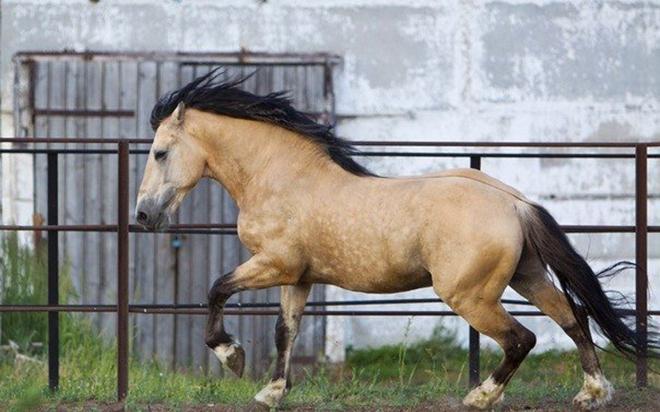
A rare representative is a Soviet heavy truck. In Europe, Icelandic ponies and Norwegian fjord horses are brown. In America, there are mustangs and some breeds of mixed origin, which have Spanish horses among the ancestors:
- Appaloosa.
- Quarter Horse.
- Criollo.
In race breeds, such a suit is very rare.
Subtleties of care
Native breeds are more unpretentious than racers. They need to have a company of their own kind, since initially wild horses lived in large herds. The nomadic steppe peoples also keep horses in the same way. If keeping several large animals is not part of the owner's plans, you should take care of creating a company of other pets for him. Such horses can make friends with sheep, goats, herding dogs.
A feature of the content is the need for physical activity. Horses have to move a lot, so they need to provide free range or arrange dressage for at least 2-4 hours a day. Such breeds do not have special requirements for feed. They need grass, hay, straw, some oats, access to clean water in sufficient quantities, especially in the hot summer. Horses are cleaned and washed regularly, their hooves are examined, and they are shoeed every 2 months. It is important to monitor the condition of the teeth, regularly comb the mane and tail. Brown horses are a real miracle of nature with a rare and valuable color.




